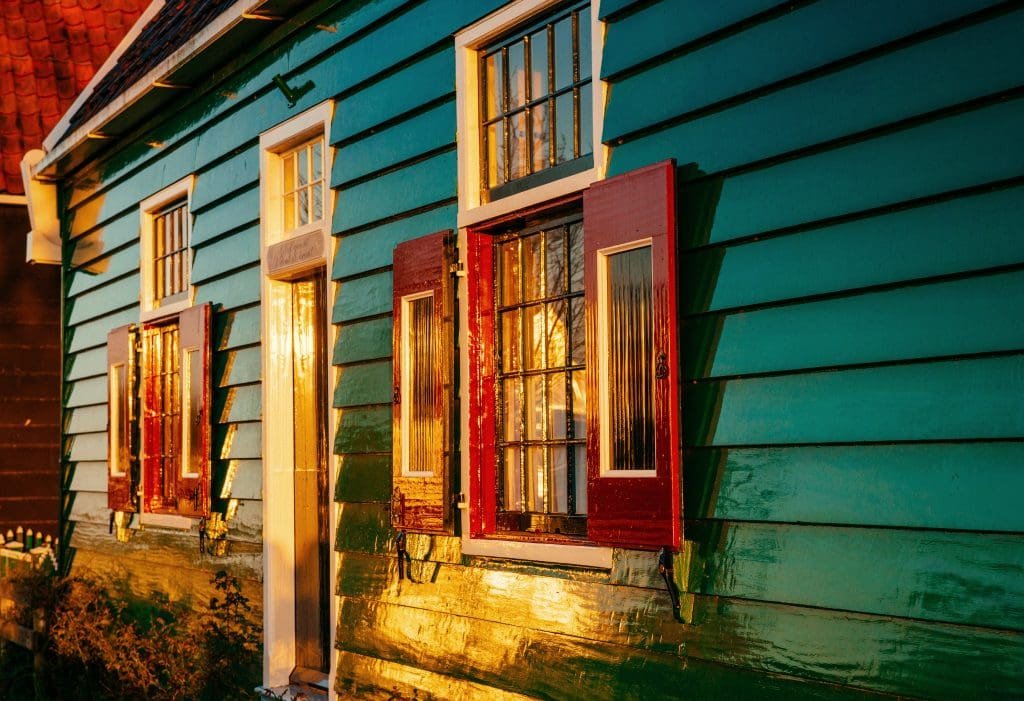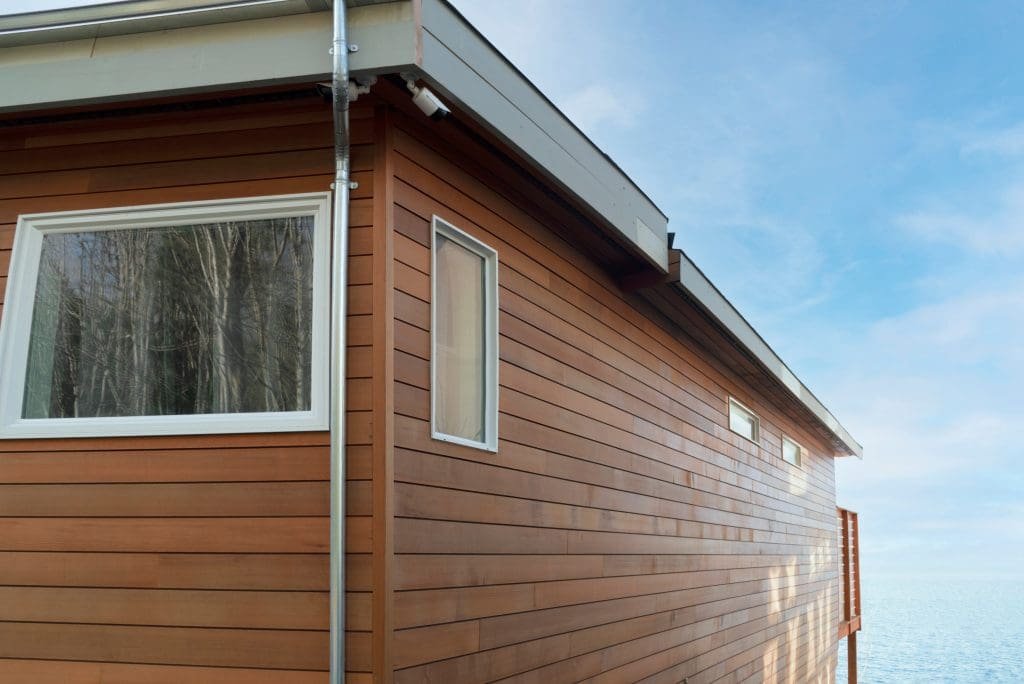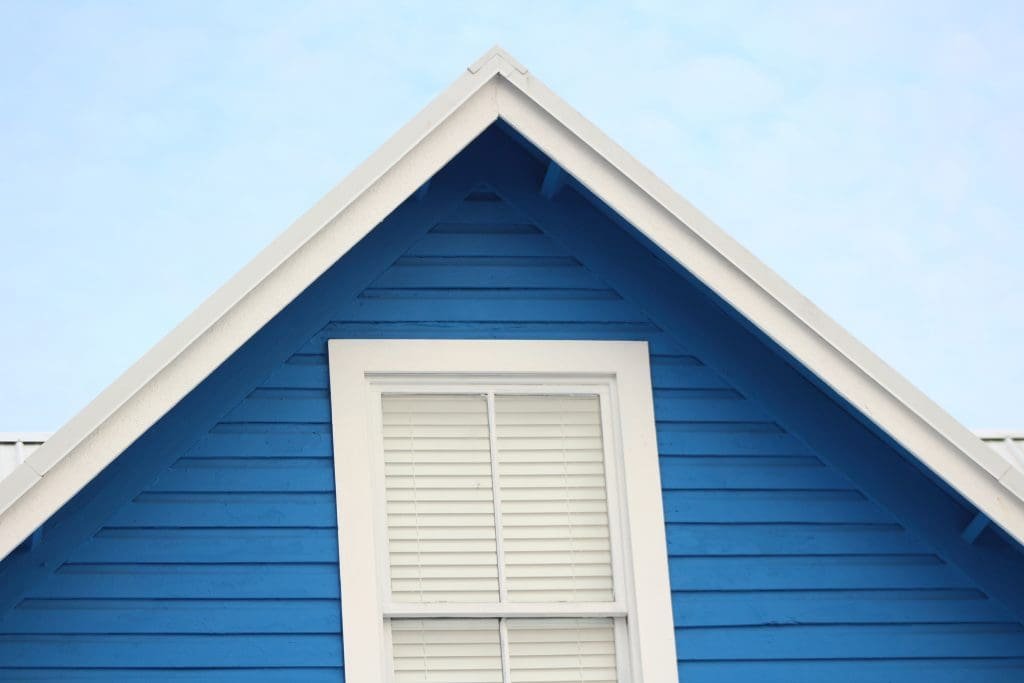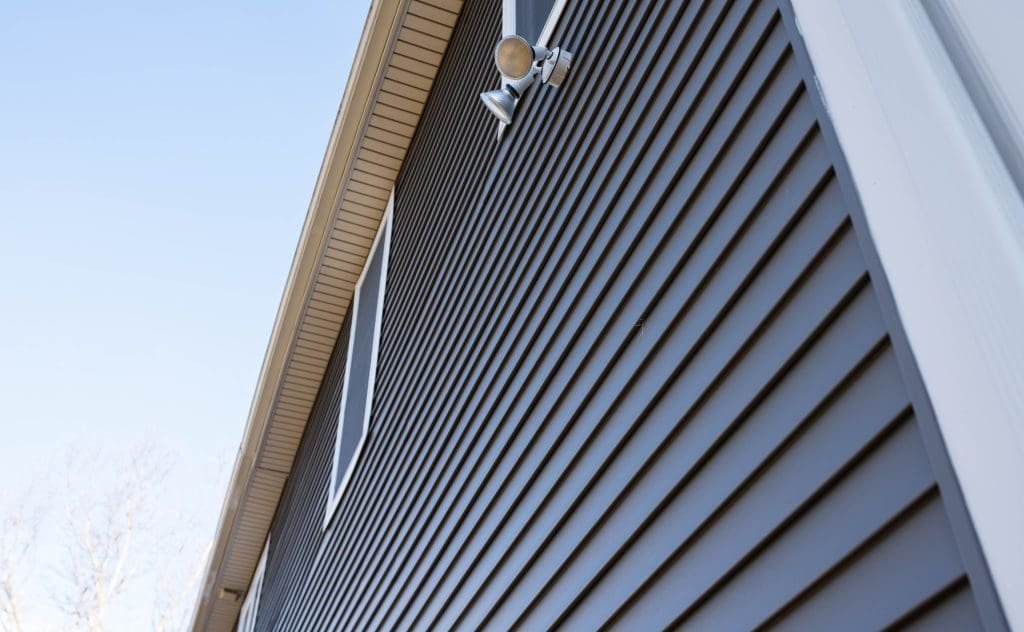Replacing the siding of your home is a significant investment that can greatly enhance its appearance, improve its energy efficiency, and protect it from the elements. However, before embarking on this project, it is essential to have a thorough understanding of the importance of siding replacement, the different types of siding materials available, the process involved, and the cost factors to consider. In this comprehensive guide, Martinsburg homeowners will find all the information they need to make informed decisions about their siding replacement project.
Understanding the Importance of Siding Replacement
When it comes to the overall well-being of your home, siding plays a vital role. It serves as a protective barrier against moisture, wind, and extreme temperatures. Over time, siding can deteriorate due to weather exposure, age, or lack of maintenance. This deterioration can lead to various issues, including water damage, energy inefficiency, and even structural problems. Therefore, it is crucial to be aware of the signs that indicate your siding needs replacement so that you can address the problem promptly.
The Role of Siding in Your Home
Your home’s siding not only contributes to its aesthetic appeal but also acts as a shield against the elements. It prevents moisture from seeping into the walls, which can lead to rot, mold, and mildew. Additionally, siding acts as insulation, helping to maintain a comfortable indoor temperature and reduce energy consumption. It also offers protection against pests and insects that can infiltrate your home through small gaps or cracks in the siding.
Signs Your Siding Needs Replacement
Recognizing the signs that your siding needs replacement is crucial in order to prevent further damage to your home. Some common indicators include:
- Cracks or warping: If you notice cracks, splits, or warping in your siding, it is a clear indication that it has reached the end of its lifespan.
- Mold or mildew: Excessive growth of mold or mildew on the surface of your siding can indicate underlying moisture problems.
- Fading or discoloration: Over time, exposure to sunlight can cause siding to fade or lose its color, making your home appear worn and aged.
- Bubbling or blistering: Bubbling or blistering of the siding indicates that moisture has penetrated the material, causing it to separate from the underlying structure.
- Increased energy bills: If you notice a significant increase in your energy bills, it could be a sign that your siding is no longer providing adequate insulation.
However, there are additional signs that may not be as obvious but are equally important to consider. One such sign is the presence of peeling paint or wallpaper inside your home. This could be an indication that moisture from the damaged siding is seeping into your walls, causing the paint or wallpaper to peel. Another sign to look out for is the presence of insects or pests in your home. If you notice an increase in the number of pests, it could be because your damaged siding is providing them with easy access points.
Furthermore, it is essential to pay attention to any unusual sounds coming from your walls. If you hear a rattling or banging noise, it could be a sign that your siding is loose or damaged, allowing it to move with the wind. This not only compromises the integrity of your siding but also increases the risk of further damage during strong storms or high winds.
Different Types of Siding Materials

Selecting the right siding material is crucial to ensure the longevity, durability, and aesthetic appeal of your home. Here are three popular options:
Vinyl Siding
Vinyl siding has gained popularity due to its affordability, versatility, and low maintenance requirements. It is available in an array of colors, styles, and textures, allowing homeowners to achieve their desired look without the need for frequent painting or staining. Vinyl siding is resistant to moisture, insects, and rot, making it an excellent choice for homeowners seeking a cost-effective and durable siding option.
Wood Siding
For those looking to add a touch of natural beauty and warmth to their homes, wood siding is an ideal choice. Wood siding offers a timeless elegance that complements various architectural styles. It is important to note that wood siding requires regular maintenance, including painting or staining, to protect it from moisture and prevent decay. However, with proper care, wood siding can provide a long-lasting and visually appealing option for homeowners.
Fiber Cement Siding
Fiber cement siding is a durable and low-maintenance alternative that offers the appearance of natural wood without the associated challenges. It is resistant to termites, fire, and rot, making it an excellent choice for homeowners prioritizing longevity and durability. Additionally, fiber cement siding is available in a wide range of styles and can mimic the look of wood, brick, or stucco, allowing homeowners to achieve their desired aesthetic.
While vinyl, wood, and fiber cement siding are popular choices, there are other materials available in the market that may suit your specific needs. One such material is metal siding. Metal siding, such as aluminum or steel, offers exceptional durability and resistance to harsh weather conditions. It can withstand strong winds, heavy rain, and even hail, making it a reliable option for homeowners living in areas prone to extreme weather.
Another alternative to consider is brick siding. Brick siding provides a classic and timeless look that can enhance the curb appeal of any home. It offers excellent durability and requires minimal maintenance. Brick siding is also fire-resistant and provides superior insulation, helping to regulate the temperature inside your home and potentially reducing energy costs.
When choosing the right siding material for your home, it’s essential to consider factors such as climate, budget, maintenance requirements, and desired aesthetic. Consulting with a professional contractor or siding specialist can help you make an informed decision that suits your specific needs and preferences.
The Siding Replacement Process

Initial Assessment and Measurements
The first step in the siding replacement process is to assess the condition of your existing siding and take accurate measurements. This evaluation helps determine the extent of the project and provides the necessary information for ordering materials. During the assessment, professionals will inspect for signs of damage, wear and tear, mold, or rot that may have developed over time. Accurate measurements are crucial to ensure that the new siding fits perfectly and functions effectively, providing optimal protection for your home.
Moreover, the initial assessment is also an opportunity to identify any underlying issues that may have contributed to the deterioration of your current siding. Addressing these issues during the replacement process can prevent future damage and prolong the lifespan of your new siding.
Choosing the Right Siding Material
Once you have evaluated your existing siding, it’s time to choose the right material for your replacement project. Consider factors such as aesthetic preferences, budget, durability, and maintenance requirements. Consulting with a siding professional can help you make an informed decision that best suits your needs. There is a wide range of siding materials available, including vinyl, fiber cement, wood, metal, and stucco, each with its unique benefits and considerations.
Furthermore, selecting a high-quality siding material not only enhances the appearance of your home but also improves its energy efficiency and resale value. It’s essential to choose a material that not only complements the architectural style of your home but also withstands the local climate conditions for long-lasting performance.
The Installation Process
The installation of new siding involves several steps. First, the old siding is removed, and any necessary repairs are made to the underlying structure. Next, the new siding material is installed, taking care to ensure proper alignment, weatherproofing, and insulation. During the installation process, experienced professionals pay attention to detail to guarantee a seamless and durable finish that enhances both the appearance and functionality of your home.
Additionally, proper installation techniques are crucial to prevent issues such as water infiltration, air leaks, and thermal inefficiency. By following industry best practices and manufacturer guidelines, the installation team ensures that your new siding not only looks great but also performs optimally in protecting your home from the elements. The final step of the installation process involves adding finishing touches, such as trim and accessories, to complete the look and add character to your home’s exterior.
Cost Factors in Siding Replacement

Material Costs
The cost of siding materials can vary significantly depending on the type, quality, and brand chosen. Vinyl siding tends to be the most affordable option, while wood and fiber cement siding may have a higher initial cost. Consider factors such as durability, maintenance requirements, and long-term savings when evaluating different material options.
When it comes to vinyl siding, there is a wide range of styles and colors available, allowing you to choose the perfect look for your home. Additionally, vinyl siding is known for its low maintenance requirements, as it does not need to be painted and can be easily cleaned with a hose and mild detergent. This can save you both time and money in the long run.
On the other hand, wood siding offers a timeless and natural aesthetic that can enhance the beauty of your home. It can be stained or painted in various colors to match your personal style. However, it does require regular maintenance, such as repainting or resealing, to protect it from the elements and maintain its appearance.
Labor Costs
The labor costs associated with siding replacement depend on factors such as the size of your home, the complexity of the project, and the contractor’s rates. Obtaining multiple quotes from reputable siding professionals is essential to ensure a fair and competitive price.
Experienced siding contractors have the knowledge and expertise to efficiently install or replace siding, ensuring a high-quality and long-lasting result. They will also take into account any specific challenges your home may present, such as architectural details or unique angles, to ensure a seamless installation process.
Additional Expenses to Consider
In addition to material and labor costs, it is important to factor in any additional expenses. These may include permits, disposal fees for old siding, the cost of removing and reinstalling trim and accessories, and any necessary repairs to the underlying structure.
When obtaining quotes from siding professionals, make sure to inquire about these additional expenses to get a comprehensive understanding of the total cost. It is also a good idea to ask about warranties and guarantees offered by the contractor, as this can provide you with peace of mind knowing that your investment is protected.
By understanding the importance of siding replacement, exploring different siding materials, familiarizing yourself with the replacement process, and considering the cost factors involved, you can confidently embark on your siding replacement journey as a Martinsburg homeowner. Remember to consult with experienced professionals to ensure a successful and satisfying outcome that not only enhances your home’s appearance but also provides long-lasting protection and energy efficiency.
Investing in high-quality siding not only improves the curb appeal of your home but also provides essential protection against the elements. It acts as a barrier, shielding your home from moisture, wind, and extreme temperatures. This can help prevent costly damage to the underlying structure, such as rot or mold.
Furthermore, modern siding materials are designed to be energy efficient, helping to reduce your heating and cooling costs. They provide insulation, keeping your home comfortable year-round and reducing the strain on your HVAC system. This can lead to significant savings on your energy bills over time.





